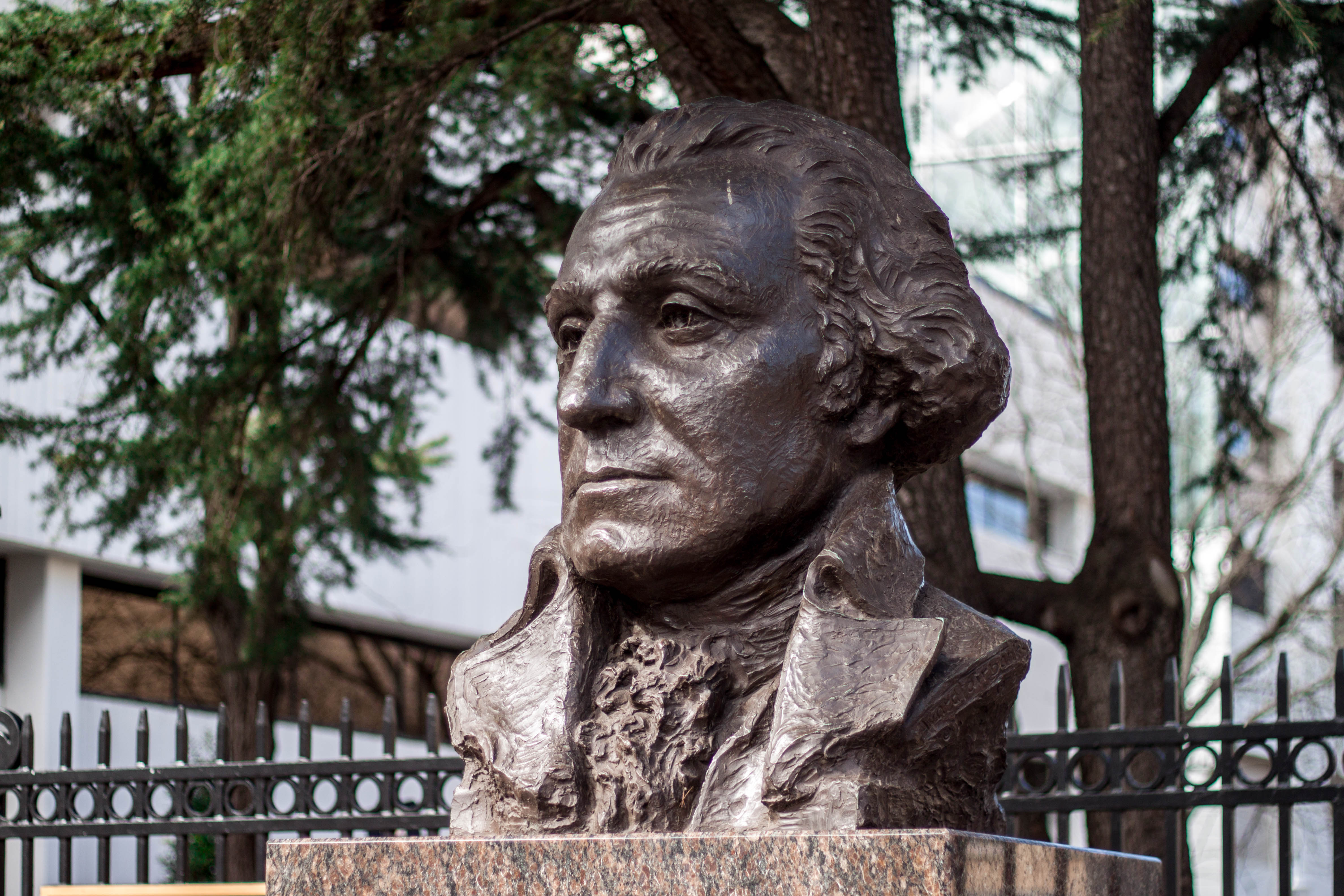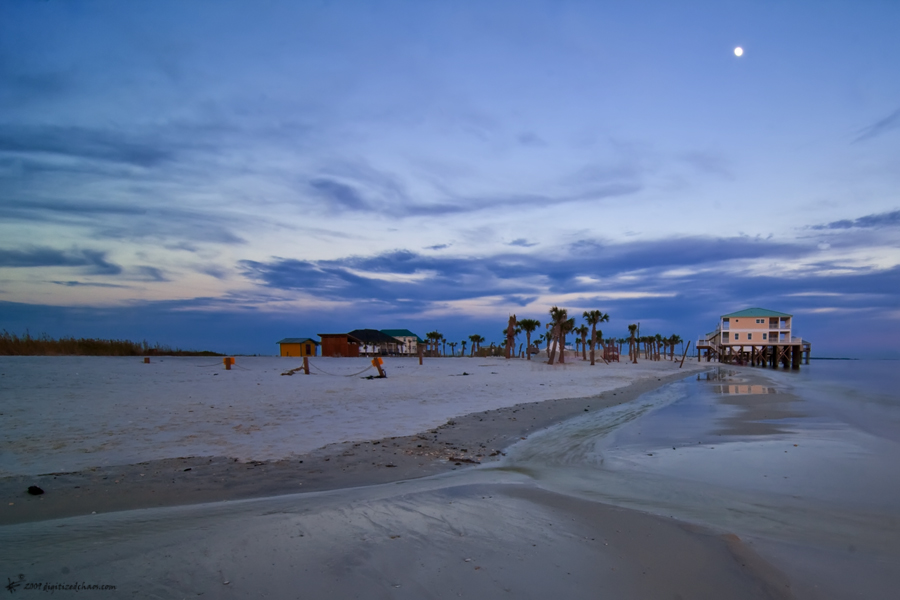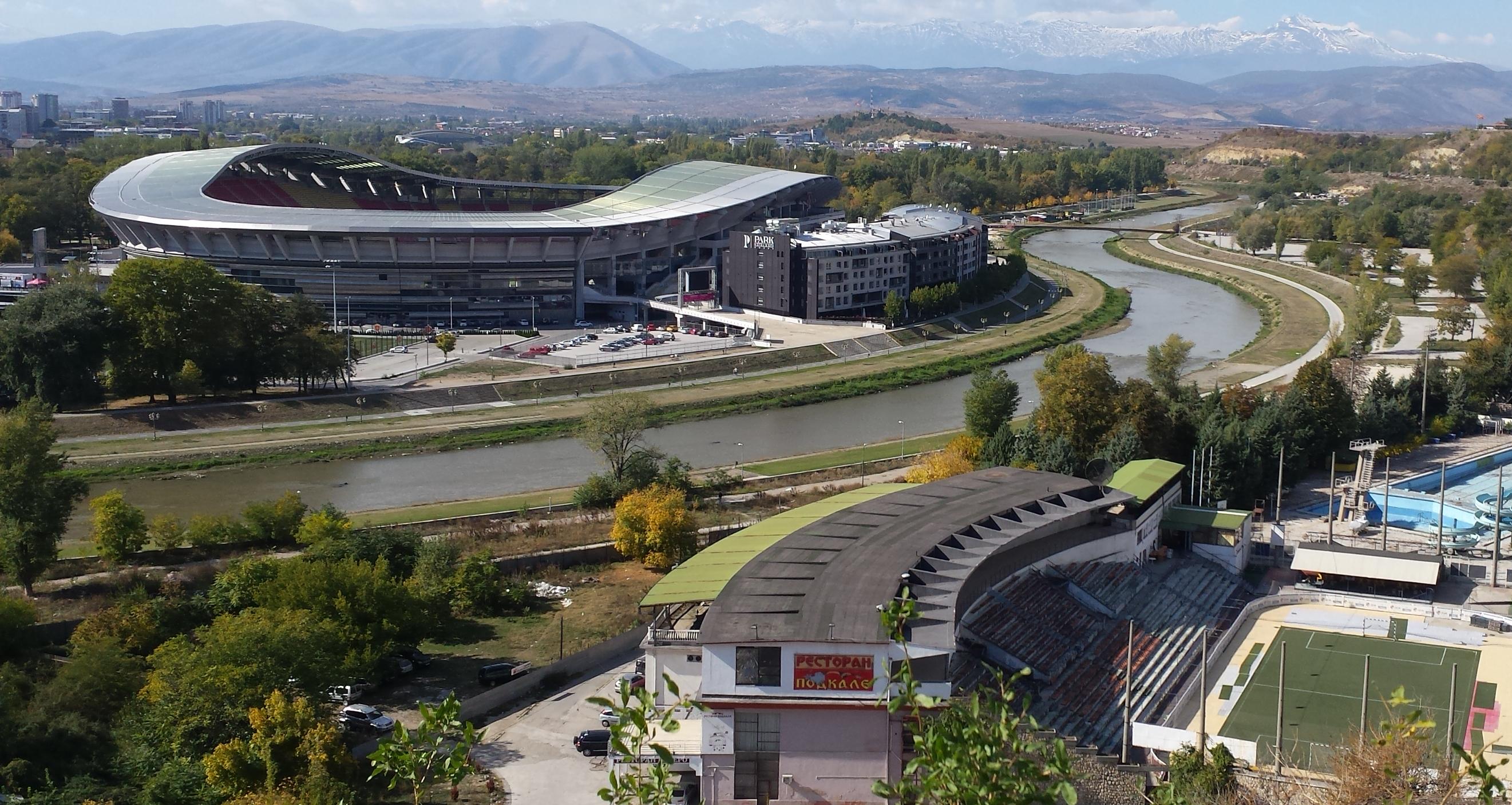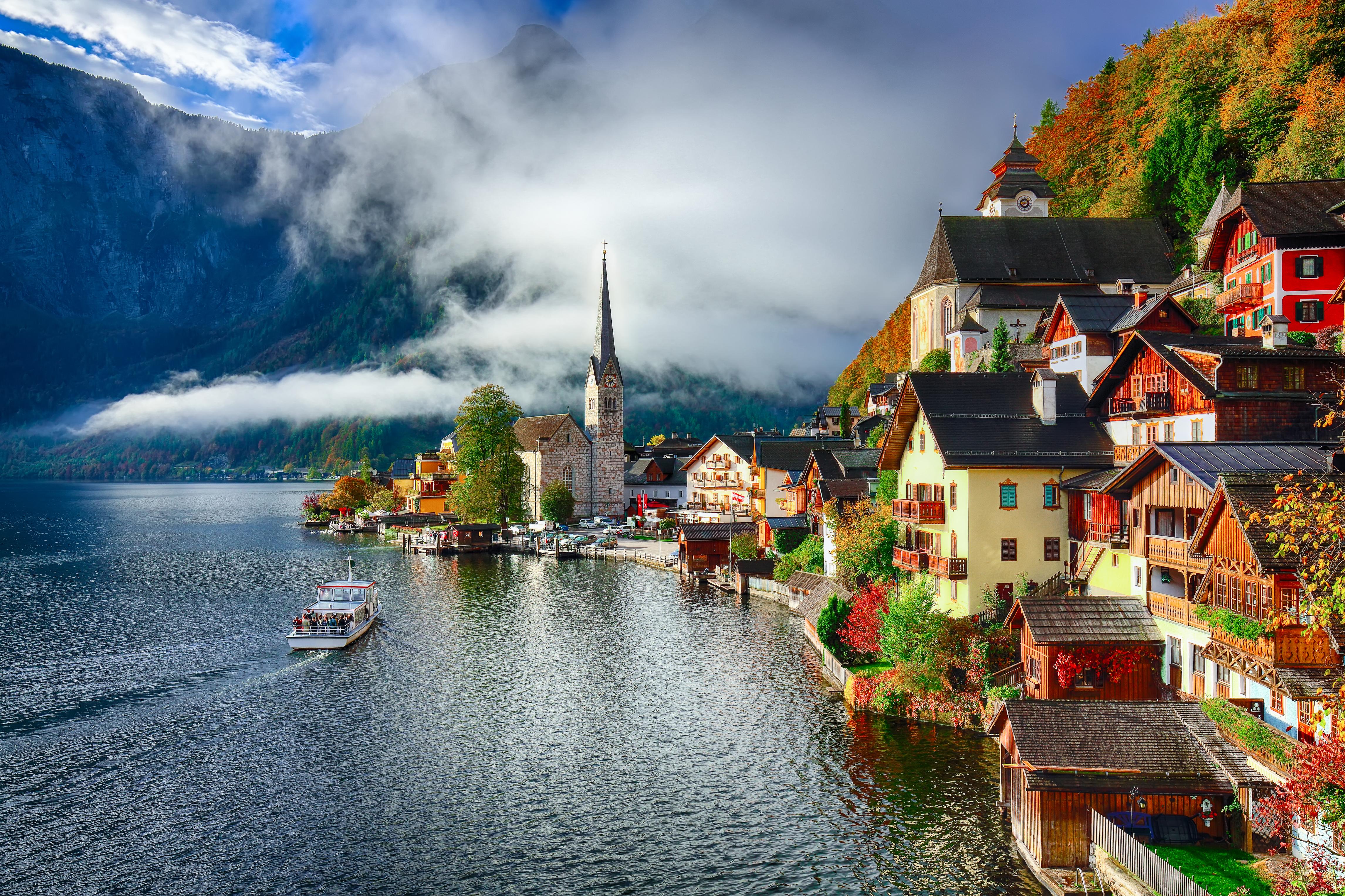11 Countries with Ancient Healing Traditions You Can Experience Today
Embarking on a captivating odyssey through the world's time-honored healing traditions is akin to weaving through a rich tapestry of cultural wisdom and ancient practices. Across continents, from the lush landscapes of Asia to the vibrant terrains of South America, each tradition offers a unique perspective on health and wellness. These practices, steeped in history and spirituality, have been passed down through generations, evolving yet retaining their core philosophies. In an era where modern medicine often takes center stage, there is a growing interest in revisiting these ancient techniques, not as a replacement, but as a complement to contemporary health practices. This exploration reveals not only the diversity of healing modalities but also the shared human quest for balance and well-being. As we journey through 11 countries, each with its own distinct tradition, we will look at how ancient wisdom breathes life into modern wellness, offering insights that transcend time and geography.
1. Ayurveda in India: The Science of Life

Originating over 3,000 years ago, Ayurveda is one of the world's oldest holistic healing systems. Rooted in the Indian subcontinent, it is based on the belief that health and wellness depend on a delicate balance between the mind, body, and spirit. Ayurveda translates to "the science of life," and its practices encompass a wide range of treatments, including herbal remedies, dietary guidelines, yoga, and meditation. The system emphasizes the importance of understanding one's unique body constitution, or dasha, which influences personal health and lifestyle choices. In modern times, Ayurveda has gained global recognition, with its principles being integrated into wellness programs worldwide. Its focus on prevention and the promotion of a balanced lifestyle resonates with contemporary health trends, making it a timeless source of healing and rejuvenation.
2. Traditional Chinese Medicine: Harmony and Balance
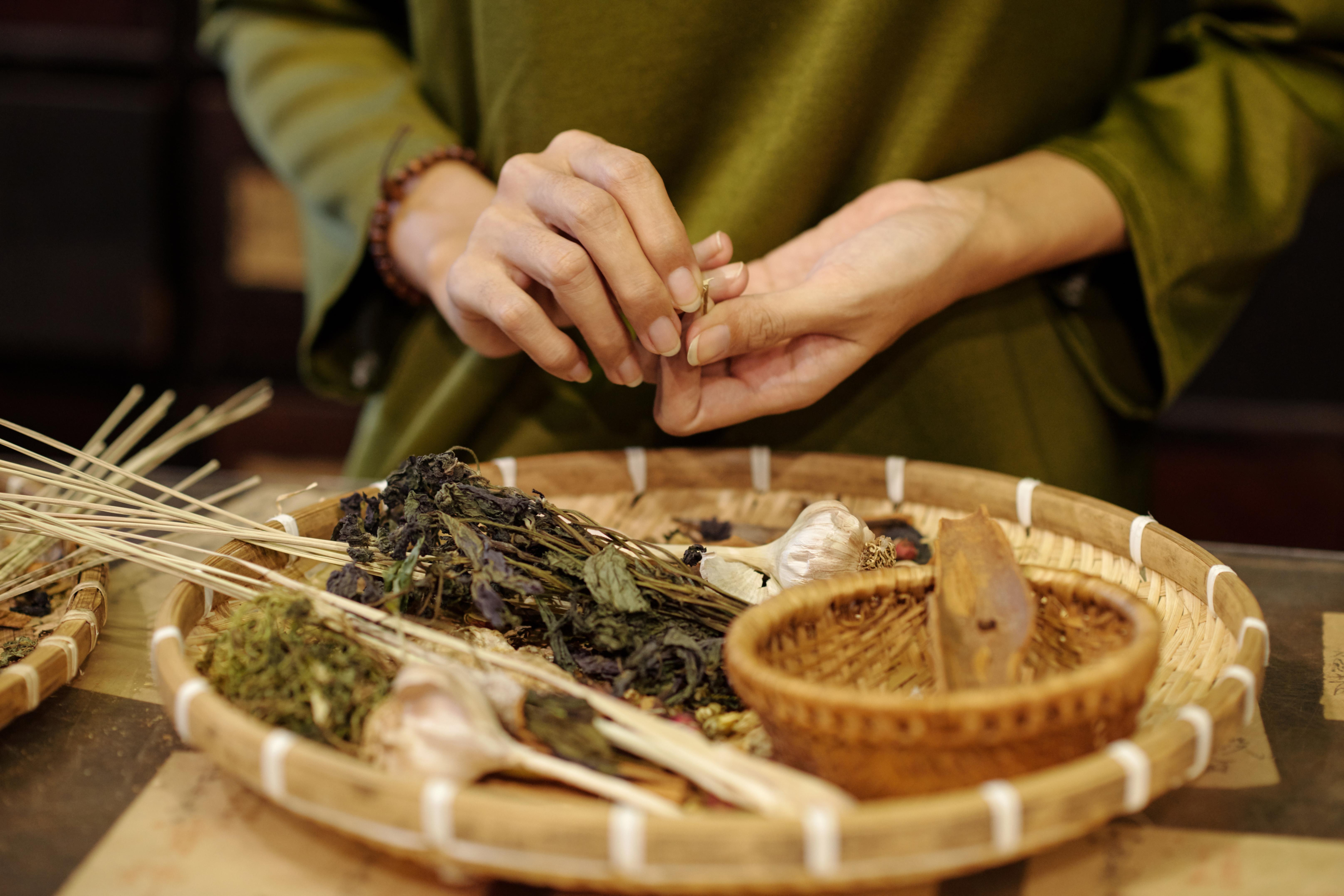
Traditional Chinese Medicine (TCM) is a comprehensive medical system that has evolved over millennia in China. It is based on the concept of Qi, the vital life force that flows through the body, and the balance of Yin and Yang, the opposing yet complementary forces. TCM encompasses a variety of practices, including acupuncture, herbal medicine, tai chi, and qigong. These practices aim to restore harmony and balance within the body, promoting health and preventing disease. With its holistic approach, TCM addresses not only physical ailments but also emotional and spiritual well-being. In recent years, TCM has gained popularity in the West, with many people seeking its benefits for chronic conditions and stress-related issues. The integration of TCM into modern healthcare systems highlights its enduring relevance and adaptability.
3. Shamanic Healing in Peru: Bridging Worlds
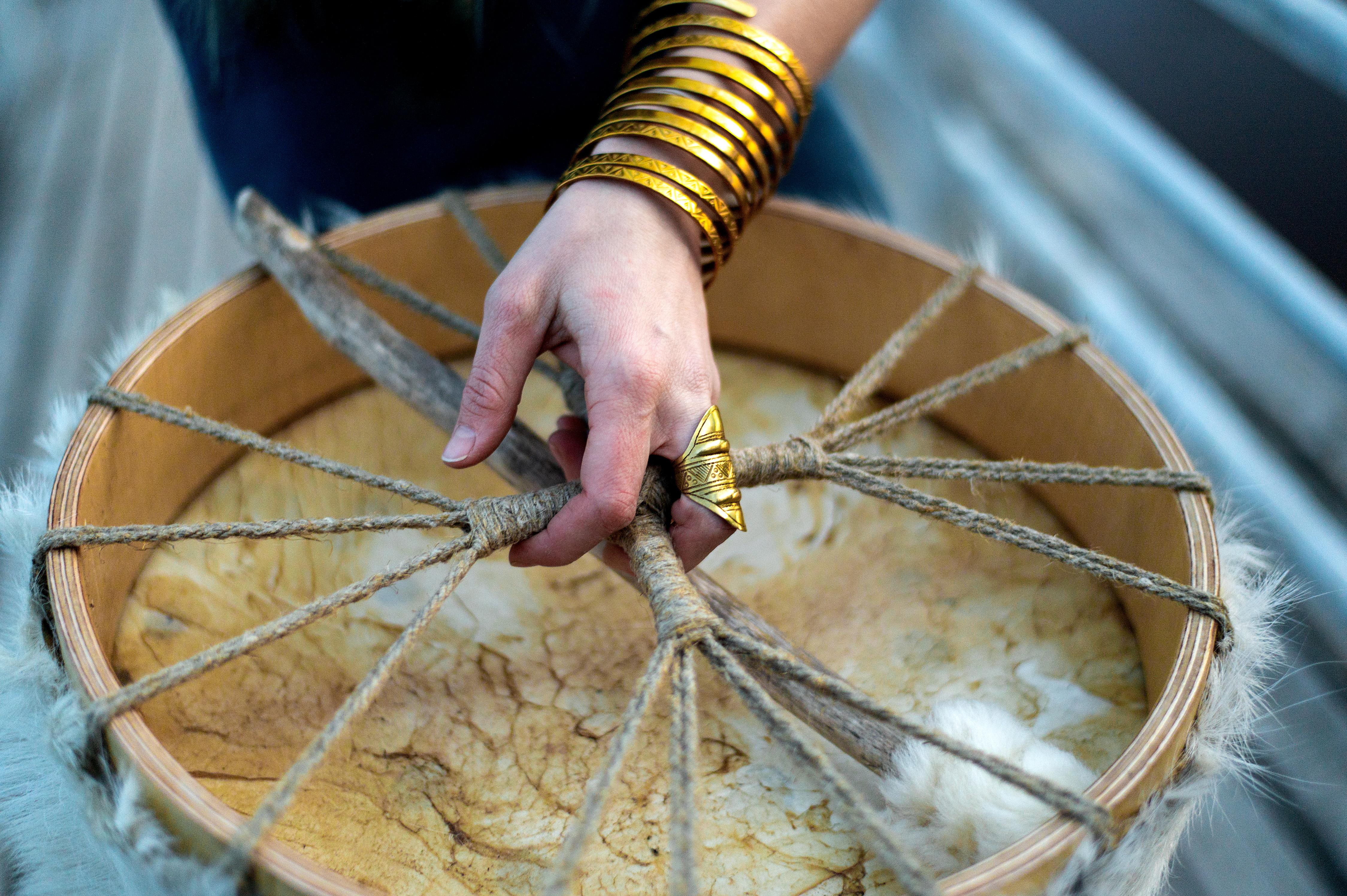
In the heart of the Andes, the indigenous people of Peru have practiced shamanic healing for centuries. This tradition involves connecting with the spirit world to facilitate healing and transformation. Shamans, or curanderos, use rituals, plant medicines, and sacred ceremonies to diagnose and treat ailments. One of the most well-known practices is the use of Ayahuasca, a powerful plant medicine used in ceremonial settings to promote spiritual insight and healing. Shamanic healing emphasizes the interconnectedness of all living things and the importance of harmony between humans and nature. As interest in plant medicines and spiritual healing grows, many seek out shamanic traditions for their potential to address deep-seated emotional and psychological issues. This ancient practice offers a unique perspective on healing that transcends the physical and touches the soul.
4. Indigenous Healing in Australia: Dreamtime and Connection
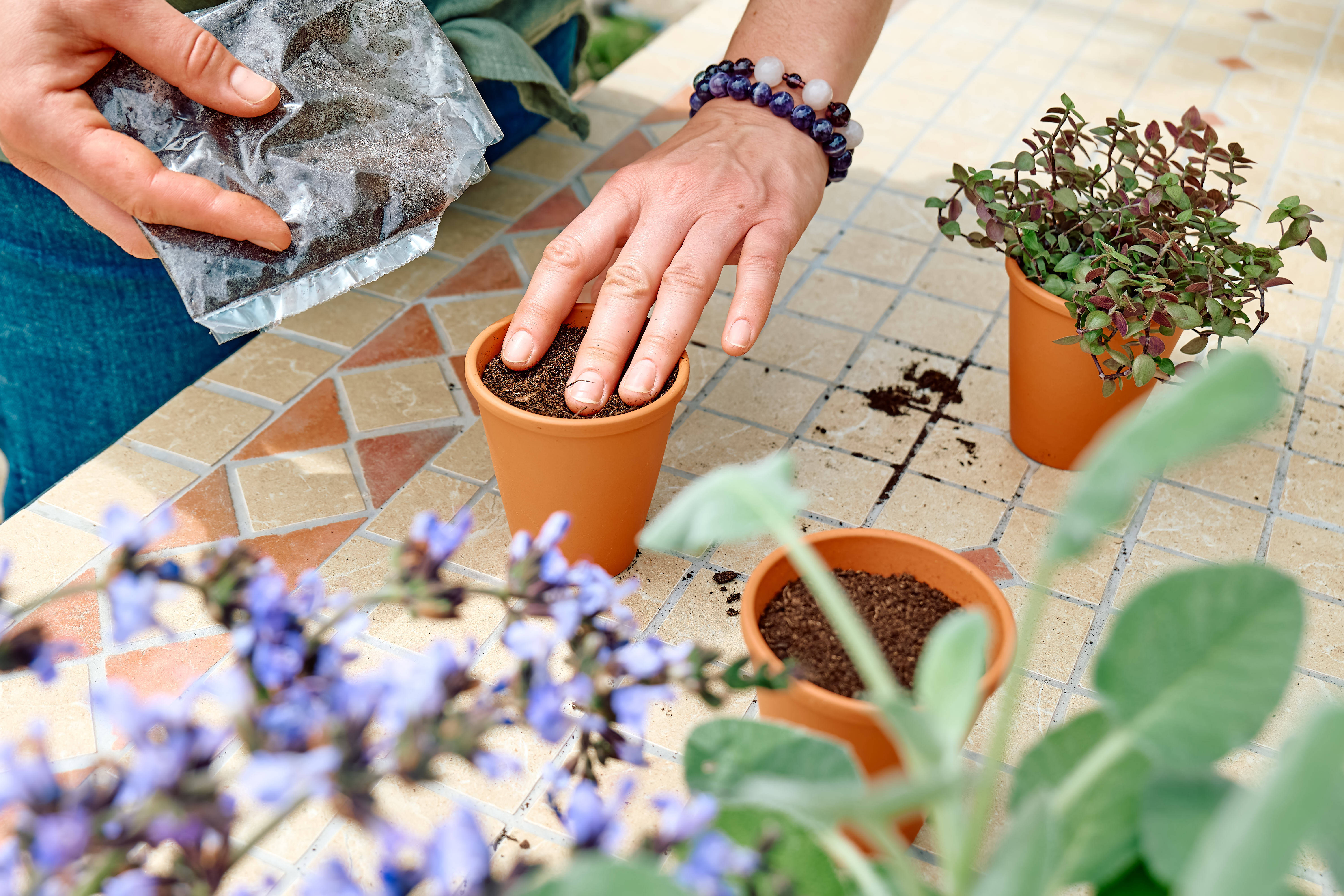
The Aboriginal people of Australia have a rich tradition of healing that is deeply intertwined with their cultural beliefs and connection to the land. Known as "bush medicine," these practices involve the use of native plants and herbs, as well as spiritual healing techniques. Central to Aboriginal healing is the concept of Dreamtime, the spiritual realm where ancestral beings created the world. Healing rituals often involve storytelling, song, and dance, which serve to connect individuals with their ancestors and the land. This holistic approach to health emphasizes the importance of community and the interdependence of all living things. As modern society grapples with issues of disconnection and mental health, the Aboriginal perspective offers valuable insights into the healing power of community and nature.
5. Native American Healing: The Spirit of the Earth
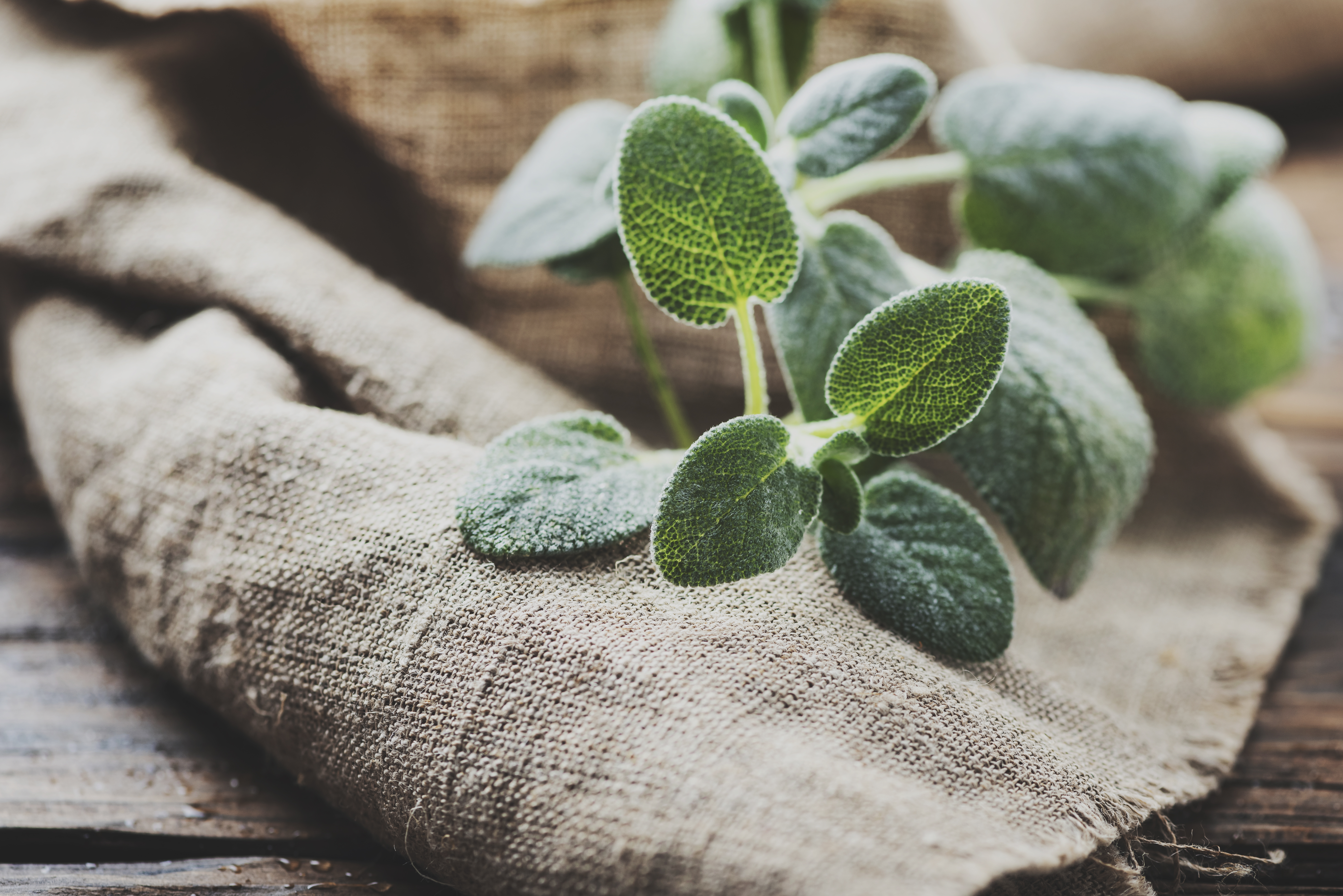
Native American healing traditions are as diverse as the tribes that practice them, yet they share a common foundation in the belief in the spiritual interconnectedness of all life. Healing practices often involve ceremonies, such as the sweat lodge, vision quests, and the use of sacred plants like tobacco and sage. These rituals are designed to cleanse the body, mind, and spirit, and to restore balance and harmony. Central to Native American healing is the concept of the Medicine Wheel, which represents the cycles of life and the interconnectedness of all beings. In a world increasingly focused on technology and materialism, Native American healing offers a reminder of the importance of spirituality and the need to live in harmony with the earth.
6. Thai Massage: The Art of Healing Touch

Thai massage, or Nuad Boran, is an ancient healing practice that combines acupressure, Indian Ayurvedic principles, and assisted yoga postures. Originating in Thailand over 2,500 years ago, it is often referred to as "lazy man's yoga" due to its emphasis on stretching and body alignment. Practitioners use their hands, elbows, knees, and feet to apply pressure along the body's energy lines, or Sen, to release blockages and promote the flow of energy. Thai massage is not only a physical therapy but also a spiritual practice that fosters mindfulness and relaxation. As the demand for holistic wellness continues to grow, Thai massage has gained popularity worldwide, offering a unique blend of physical, mental, and spiritual benefits.
7. Japanese Reiki: Universal Life Energy

Reiki, a Japanese healing technique, is based on the principle of channeling universal life energy to promote healing and balance. Developed in the early 20th century by Mikao Usui, Reiki involves the gentle laying on of hands to transfer energy to the recipient. Practitioners believe that this energy can help reduce stress, promote relaxation, and facilitate the body's natural healing processes. Reiki is often used as a complementary therapy in hospitals and wellness centers around the world. Its non-invasive nature and emphasis on energy healing resonate with those seeking alternative approaches to health and well-being. As interest in energy medicine grows, Reiki continues to be a popular and accessible healing modality.
8. African Herbal Medicine: Nature's Pharmacy

Africa is home to a rich tradition of herbal medicine, with a vast array of plants and herbs used for healing purposes. Traditional healers, known as Sangomas or Inyangas, possess extensive knowledge of the medicinal properties of local flora. Herbal remedies are used to treat a wide range of ailments, from common colds to more serious conditions. African herbal medicine is often combined with spiritual practices, such as divination and ancestor worship, to address the root causes of illness. As the world becomes more aware of the limitations of synthetic drugs, there is a growing interest in exploring the potential of natural remedies. African herbal medicine offers a wealth of knowledge and resources that can contribute to global health and wellness.
9. Hawaiian Lomi Lomi: The Loving Hands Massage

Lomi Lomi, or "loving hands," is a traditional Hawaiian massage that focuses on nurturing the body, mind, and spirit. This healing practice is based on the Hawaiian philosophy of Huna, which emphasizes harmony, love, and respect for all living things. Lomi Lomi massage involves long, flowing strokes that mimic the rhythm of ocean waves, promoting relaxation and releasing tension. Practitioners often incorporate elements of prayer, breathing, and chanting to enhance the healing experience. Lomi Lomi is not just a physical therapy but a spiritual journey that encourages the recipient to let go of negative emotions and embrace a state of peace and balance. As people seek more holistic approaches to health, Lomi Lomi offers a unique and transformative healing experience.
10. Russian Banya: The Ritual of Rejuvenation
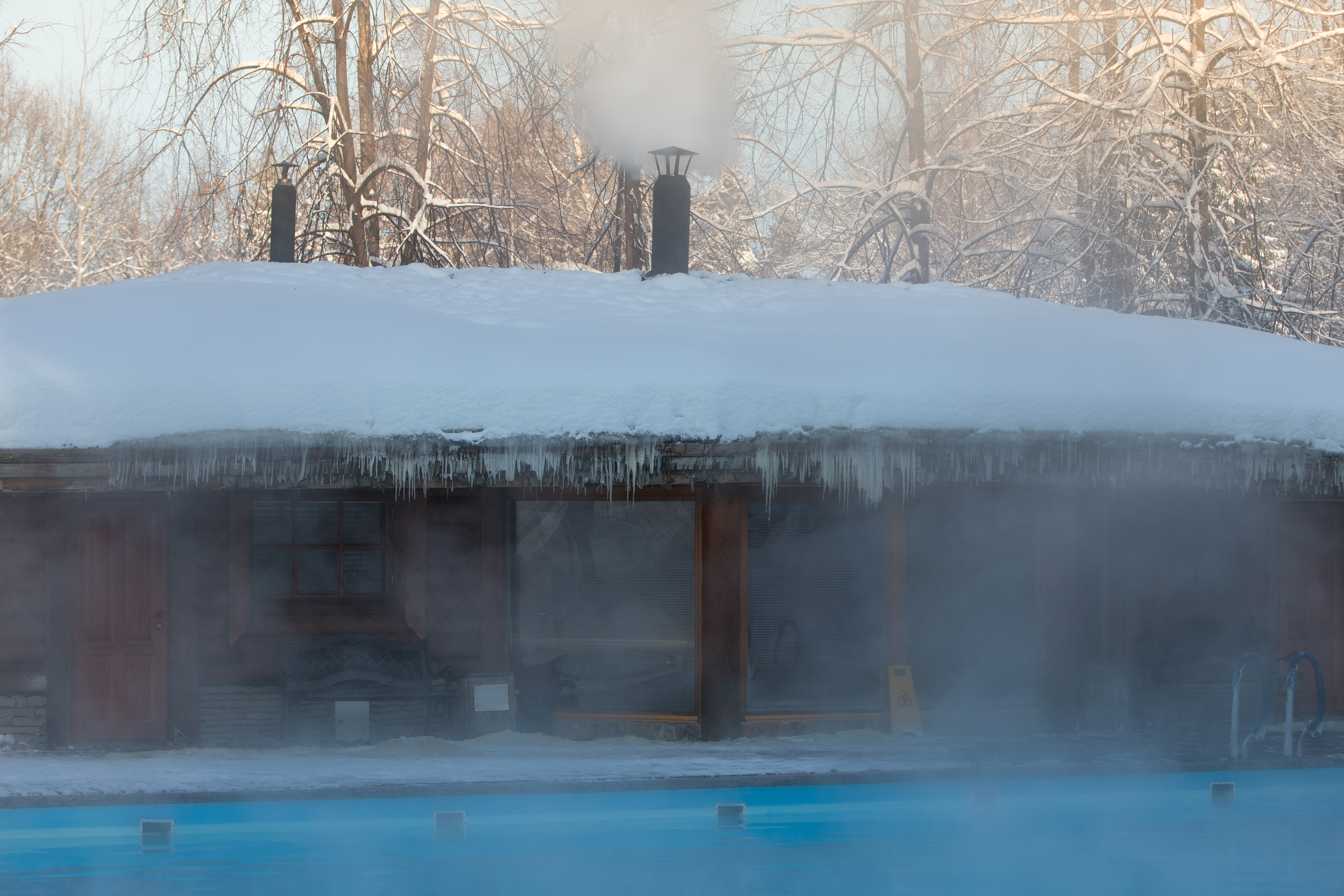
The Russian banya, or steam bath, is a time-honored tradition that combines physical and spiritual cleansing. This communal ritual involves a series of steps, including steaming, cold plunges, and the use of venik, or bundles of birch or oak leaves, to stimulate circulation and detoxify the body. The banya experience is often accompanied by socializing, relaxation, and the consumption of herbal teas. It is believed to promote health, longevity, and a sense of well-being. In a fast-paced world, the banya offers a sanctuary for relaxation and rejuvenation, encouraging individuals to slow down and connect with themselves and others. As wellness tourism continues to rise, the banya is gaining popularity as a cultural and therapeutic experience.
11. Tibetan Medicine: The Art of Compassionate Healing
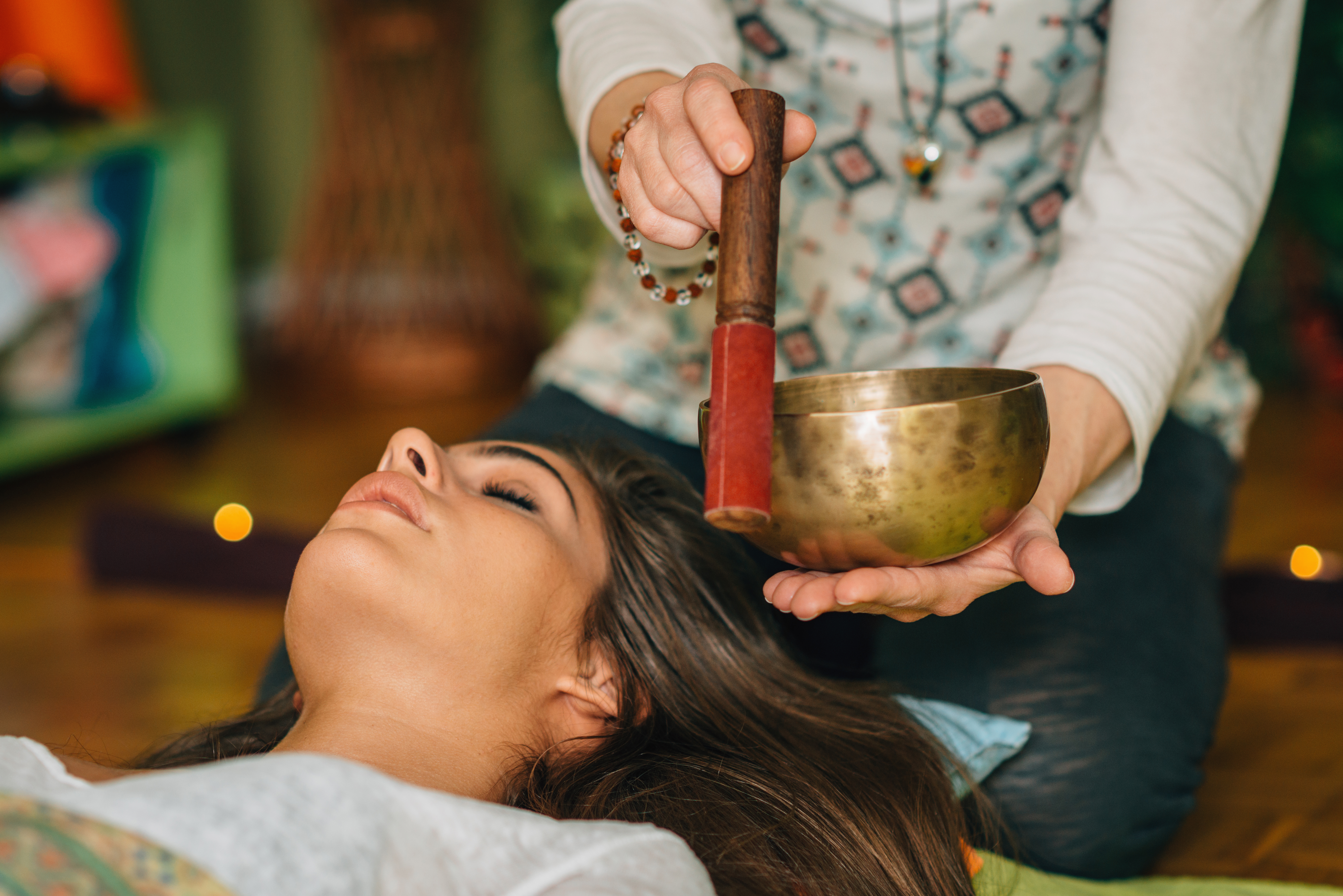
Tibetan medicine, known as Sowa Rigpa, is a holistic healing system that integrates elements of Ayurveda, Chinese medicine, and indigenous Tibetan practices. It is based on the understanding of the three humors, or nyepas, which correspond to wind, bile, and phlegm. Tibetan medicine emphasizes the importance of balance between these humors for maintaining health and preventing disease. Treatments often include herbal remedies, dietary recommendations, and spiritual practices such as meditation and prayer. Tibetan medicine is deeply rooted in Buddhist philosophy, which emphasizes compassion, mindfulness, and the interconnectedness of all beings. As interest in holistic health grows, Tibetan medicine offers a unique approach that combines physical healing with spiritual growth.
As we conclude this odyssey through the world's time-honored healing traditions, it becomes evident that ancient wisdom holds valuable insights for modern wellness. These practices, rooted in diverse cultures and philosophies, offer holistic approaches to health that address the body, mind, and spirit. In an increasingly interconnected world, there is a growing recognition of the need to integrate these ancient traditions with modern medicine to create a more comprehensive and inclusive approach to health. By embracing the wisdom of the past, we can pave the way for a harmonious future where wellness is not just the absence of disease but a state of balance and vitality. This journey reminds us that healing is not just a personal endeavor but a collective one, where we draw from the rich tapestry of human experience to create a healthier and more compassionate world.

